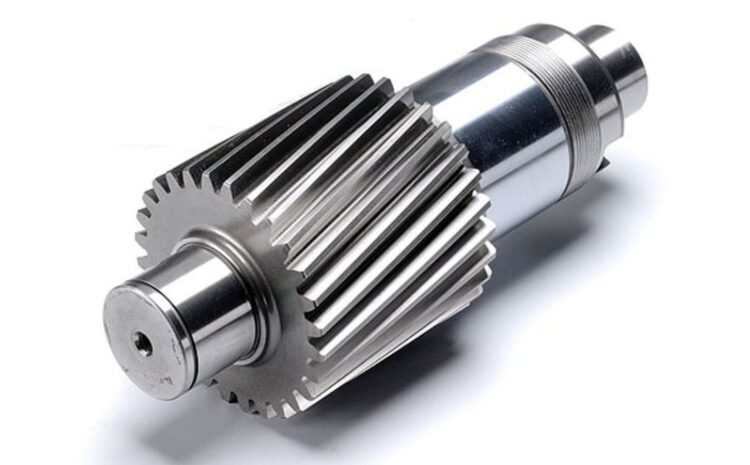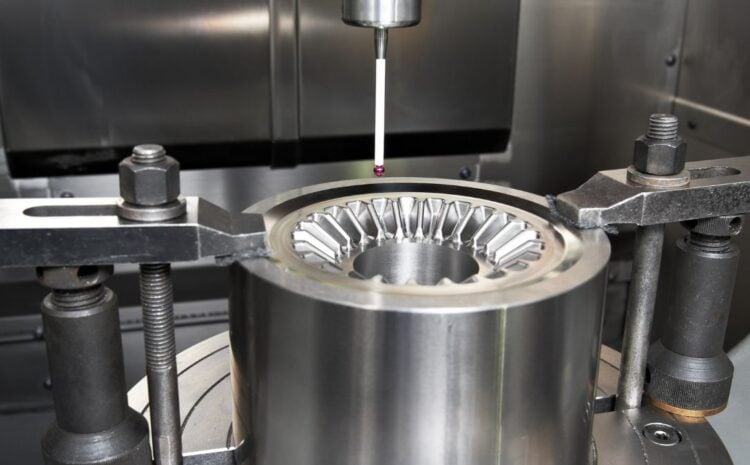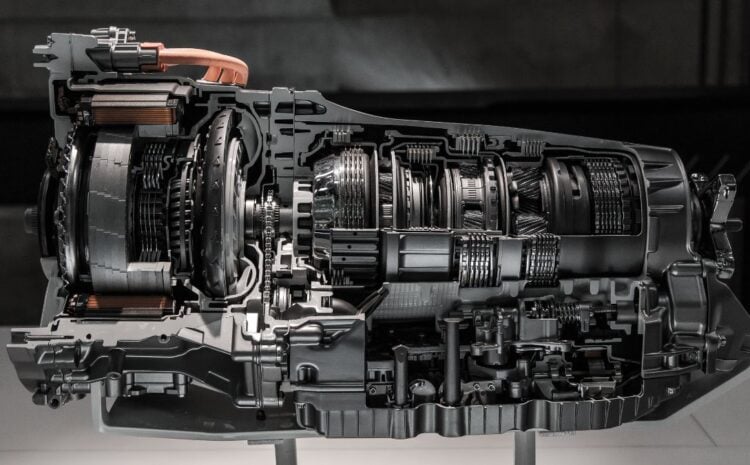Gear quality and precision determine mechanical system reliability and efficiency. Gear shaping, a process that employs a cutting tool to carve gear teeth from a gear blank, is responsible for the creation of high-quality gears. This process involves removing material from the gear blank to achieve the desired specifications for the finished product. The result is high-quality gear that meets the required standards. In this article, we’ll examine how it functions and its benefits, uses, and difficulties.
Gear Shaping: What is it?
Gear shaping is a gear-cutting process that uses a gear shaper. This machine uses a shaper cutter to cut gear teeth from gear blanks.
Its procedure begins with the gear blank. The gear shaper produces a metal object of either cylindrical or disk-shaped form with either flat or round surfaces, depending on the type of gear required. To begin the process, a fixture secures the gear blank in place and attaches it to the gear shaper. Next, position the gear blank over the shaper cutter and commence the cutting process.
The shaper cutter is a specialized cutting device that will be used to create gear teeth. The blade removes material from the gear blank as it rotates, forming the gear teeth in the process. Continuous cutting makes each tooth one at a time as the cutter slowly advances along the gear blank.
Spur gears, helical gears, bevel gears, and worm gears are just a few of the many gear types that can be created by the gear shaping process. The procedure is quite accurate, and it can create gears with exceptional surface polish and very near tolerances.
Advantages of Gear Shaping
Compared to other gear production techniques like hobbing and milling, g has a number of advantages. These advantages include:
High Precision: The gear shaping process is extremely accurate and can result in gears with very tight tolerances and outstanding surface finishes. Because of this, it is perfect for creating gears for high-performance mechanical systems, like those used in aerospace or medical equipment.
Quality Consistency: Gear shaping is a continuous cutting technique that creates each gear tooth in the same way, ensuring quality consistency for all gears produced. It is hence perfect for generating vast quantities of uniformly-quality gear.
Flexibility: Gear shaping machines represent a versatile manufacturing technology that can generate a broad range of gear types and sizes.
Less Waste: As a cutting-based process, generates less waste than alternative methods of gear production.
Applications
Several industries and applications that call for high-quality gears with exact tolerances use gear shaping. The following are some of the most typical uses:
Automotive – The gears used in automotive gearboxes, engines, and steering systems are made via gear shaping. For these gears to endure the demands of modern automobiles, they must be exact and robust.
Aerospace: It is used in the aerospace sector to create gears for landing gear systems, aircraft engines, and other crucial parts. For the airplane to be safe and reliable, these gears must adhere to very rigorous tolerances and quality standards.
Medical Equipment: Gear shaping is used to create gears for X-ray, MRI, and surgical robots, among other pieces of medical equipment. For these intricate systems to operate accurately and safely, these gears must be exact and dependable.
Power Generation: The gears for power generation systems like wind turbines and hydroelectric generators are made using gear shaping. For these gears to endure the rigors of these high-performance systems, they must be extremely precise and robust.
Challenges and Things to Think About
Gear shaping has several benefits over conventional gear production techniques, but there are also some difficulties and factors to consider.
They consist of the following:
Tool wear: the shaper cutter, a cutting tool used in gear shaping, can deteriorate over time and needs to be replaced on a regular basis. This may raise the price of the procedure overall.
Surface Finish: Gear shaping can result in a high-quality surface finish, but it might be challenging to get the finish you want. Several variables, including the state of the cutting tool, the rate of cutting, and the caliber of the lubricant employed, have an impact on the surface finish.
Setup Time: Compared to other gear manufacturing techniques, gear shaping may require a more extended setup period. The careful alignment and placement of the gear blank are necessary preconditions for the initiation of the cutting process.
Material selection: The material used to make the gear might have an impact on how it is shaped. Some materials may not be suitable, while harder materials present more significant cutting challenges.
Conclusion
Gear shaping is a very accurate and adaptable process of gear production that is utilized in a variety of industries and applications. In comparison to other gear-cutting techniques, it has a number of benefits, including high precision, reliable quality, adaptability, and less waste.
To achieve the desired outcome, it represents various challenges that require careful consideration. Examples include tool wear, surface finish, setup duration, and material choice. Gear shaping is crucial to the reliability and performance of modern mechanical systems.



